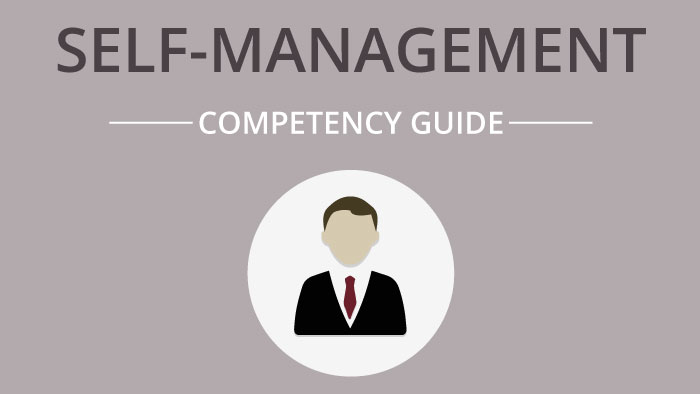
Have you ever felt like you didn’t have the right to express your emotions to someone? Do you know how to respond to criticism in a way that keeps you from being defensive and looking foolish for standing up for yourself?
Many people struggle to speak with assertiveness for fear that their words will get twisted, they’ll come off as rude or arrogant, or they’ll start a huge argument. They may fear that their emotions or decisions aren’t actually valid, so trying to defend themselves would go south very quickly.
Understanding what your basic assertive rights look like and how to express your thoughts and emotions is an important part of communicating well with anyone, whether it’s within your personal or professional life.
If you want to be more assertive, or teach others to do so, you have to start with the core understanding that all feelings are valid.
The second thing to understand is that you don’t have to justify or defend your feelings. Having an emotional response could be based on truths, or it could be from a misunderstanding – regardless of the cause of your feelings, you’re always allowed to give a voice to them without having to explain why you feel that way. Now, if you want or need to talk through your emotions with someone to understand why you’re angry, disappointed, hurt, etc. then by all means, please do so! The point here is that if anyone tries to make you justify your emotions or life choices, there are several assertive responses you can use to stand up for yourself.
Author Manuel J. Smith describes several responses that anyone can use in a situation where they need to speak assertively:
Self-Disclosure
We cannot overstate this point: your emotions are always valid. Other people may not understand or accept your emotions, but you always have the right to say how you’re feeling.
Self-disclosure is responding by being honest about how you’re feeling, without trying to blame someone else for those feelings or manipulate someone into falling in line with an agenda. Your motivation behind disclosing emotions is to give the other person a more complete picture of where you’re at in that moment.
Real Issue
If someone comes to you with judgement or criticism, you can ask a simple question to get behind the words they’re saying and determine the motive behind why they’re saying this to you. Be blunt and ask them “What’s the purpose of your statement?” or “And what’s your point with this?”
Qualified Agreement
There’s a specific keyword in this type of agreement. You can agree with someone’s criticism by saying “You might be right.” If their statements aren’t completely unfounded, then agreeing with the possibility or probability that they’re correct allows you to respond calmly without jumping into being defensive.
You don’t have to actually agree that they’re right, but if you use this response, then there’s an important question to ask them next…
Negative Inquiry
You should follow up any qualified agreement by asking a critic, “What is it about _blank_ that makes you feel _blank_?”
This puts the focus on how their own thoughts and emotions are reflected in their criticism of you, and rather than allowing them to continue making judgements about your feelings and behaviors, it moves the conversation toward uncovering facts.
The most important part of a negative inquiry is shifting the focus to them instead of you. Don’t ask something like “What’s wrong with what I’m doing?” because that will end up putting you on the defensive. If someone criticizes you, you don’t have to prove that they’re wrong, but they do have to either prove that they’re right, drop the subject, or admit their judgement is unfounded (and hopefully apologize).
Admission
What happens if they do prove that they’re correct?
Then it’s time to admit you’re wrong. Being assertive isn’t about being capable of defending yourself even when you’re clearly in the wrong. It goes hand in hand with humility (not to be confused with passivity).
Owning up to your mistakes is an assertive response that focuses on preventing the same mistake from happening again. Sometimes when you’re headed for disappointment or disaster, others can see that path more clearly than you can. Rather than hold onto your pride and continue down that path once they’ve illuminated it for you, it’s time to make the assertive decision to accept their view and take steps to turn things around.
Broken Record
If a negative inquiry into why the other person is criticizing you doesn’t result in them proving that they’re right, and they keep bringing up the subject or making the same argument, then your last response is to pull out the record player.
Playing the broken record is sometimes the only response left when you need to hold your ground against someone’s false criticisms. For instance, if they keep arguing that you need to find a different job, but you enjoy your job and it provides for your needs, keep playing your broken record: “I’m not changing jobs.” When you’ve already established that your feelings are valid and you don’t have to take their advice, just put that statement on repeat.
Sidenote: You do have the assertive right to change your mind about your life choices without admitting any missteps to a critic. In the example of changing jobs, if you find that later on you do want to find a new job, then go for it. If your critic is likely to gloat that they were right after all, don’t let that stand in the way of your personal decisions to better your life. Situations and emotions change, so you can change your decisions, too.
A wide range of benefits comes about when people understand assertiveness and how they can use these responses to have more productive conversations. Skills in emotional intelligence, communication, and conflict management are all improved when managers and employees have a healthy grasp on assertiveness. That’s why we’ve developed the new video course, “The Art of Assertiveness,” available in The BizLibrary Collection.
This video course is designed to help viewers realize their own assertive abilities, eliminate manipulation, and become more effective communicators. It comprises nine video lessons that cover topics like the basic emotions, the art of manipulation, and assertive verbal skills.
Watch a 1-minute preview of “Using Assertive Verbal Skills” from The BizLibrary Collection here:


